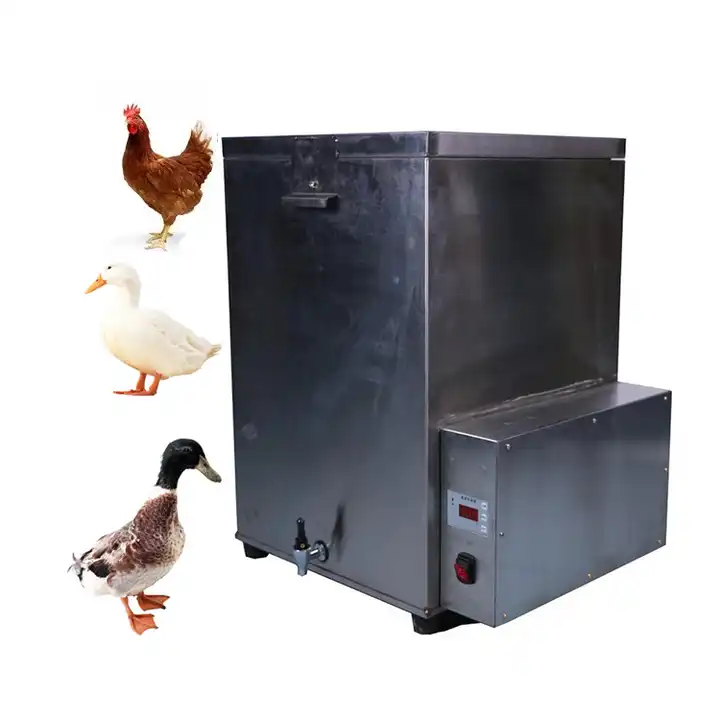Efficient Cattle Pellet Feed Machine for Enhanced Livestock Nutrition and Farm Productivity
សីហា . 07, 2024 13:35 Back to list
Efficient Cattle Pellet Feed Machine for Enhanced Livestock Nutrition and Farm Productivity
The Role of Pellet Cattle Feed Machines in Livestock Farming
In the agricultural industry, the efficient and economical feeding of livestock is paramount to the success of any farming operation. One of the most innovative solutions to enhance the productivity and health of cattle is the use of pellet cattle feed machines. These machines revolutionize the way feed is processed and delivered, providing numerous benefits to farmers and livestock alike.
Understanding Pellet Cattle Feed
Pellet cattle feed is a specially formulated mixture that is compressed into small pellets, making it easier for cattle to digest. This form of feed is not only more palatable but also reduces waste, as animals tend to be more selective when consuming loose feed. Pellets can be made from a variety of ingredients such as grains, oilseed meals, vitamins, and minerals, allowing farmers to customize the nutritional content based on the needs of their cattle.
Benefits of Using Pellet Cattle Feed Machines
1. Improved Nutritional Value Pellet cattle feed machines allow for the precise formulation of feeds that meet the specific dietary requirements of cattle. By controlling the ingredients and their ratios, farmers can create balanced diets that promote healthy weight gain, improved milk production, and overall livestock health.
2. Increased Digestibility The pelleting process involves heat and pressure, which helps to break down fibrous materials and make nutrients more accessible to the animals. Cattle are more likely to efficiently digest pellet feed compared to traditional loose feed, leading to better absorption of essential nutrients.
pellet cattle feed machine

3. Reduced Feed Waste One of the significant advantages of pellet feed is its reduced waste. Cattle tend to waste less feed when consuming pellets, which can lead to considerable cost savings over time. This efficiency is essential for sustainable farming practices, as it helps to optimize resource use.
4. Customization and Versatility Pellet cattle feed machines can be adjusted to produce different sizes and types of pellets. This versatility means that farmers can cater to the needs of various age groups and breeds of cattle, ensuring that all livestock receive appropriate nourishment.
5. Enhanced Feed Storage and Transportation The compact nature of pellet feed makes it easier to store and transport compared to bulk feed. Pellets can be stored in smaller spaces, reducing the need for extensive storage facilities. Additionally, their uniform shape allows for optimized feeding systems, facilitating a more efficient feeding process.
Choosing the Right Pellet Cattle Feed Machine
When selecting a pellet cattle feed machine, farmers should consider several factors. The capacity of the machine should meet the scale of their operations, whether they are a small farm or a large-scale operation. Durability and ease of maintenance are also essential, as the machine should withstand the rigors of daily use. Furthermore, energy efficiency is a critical consideration, as it can significantly impact operating costs over time.
Conclusion
Pellet cattle feed machines represent a significant advancement in livestock feeding technology. By improving the nutritional content of feed, enhancing digestibility, and reducing waste, these machines contribute to better cattle management and productivity. As the demand for quality livestock products continues to rise, investing in pellet feed machines is becoming an increasingly wise choice for modern farmers looking to optimize their operations and ensure the health and well-being of their cattle. In an ever-evolving agricultural landscape, adopting such innovative technologies will be crucial for maintaining competitiveness and sustainability in livestock farming.
-
High Performance Exhaust Fan – Efficient Ventilation Solutions for Home
NewsJun.10,2025
-
High-Quality Gestation Pen for Sows Durable Mobile Pig Pen & Simple Pig Pen Solutions
NewsJun.10,2025
-
High Quality Rabbit Cage Double Tier Designs & Welded Wire Mesh Supplier
NewsJun.10,2025
-
Floating Fish Feed Machine - High Efficiency Floating Fish Feed Extruder for Small Scale Production
NewsJun.10,2025
-
Premium Poultry Housing Solutions Mobile & Commercial Free Range Options
NewsJun.10,2025
-
Industrial FRP Fans Corrosion-Resistant Blades & Centrifugal Systems
NewsJun.09,2025






